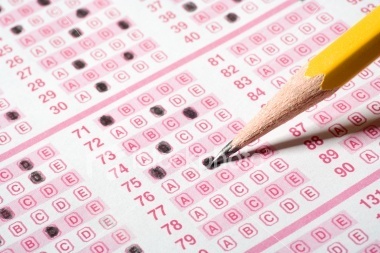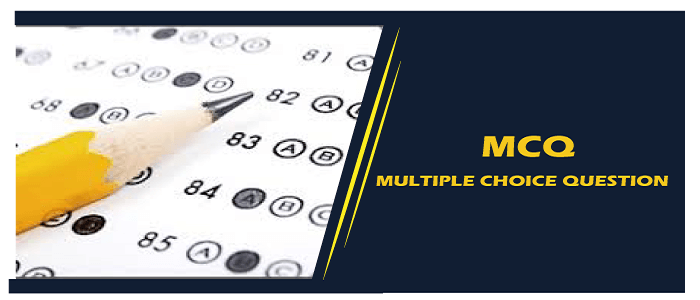If you thought that a multiple-choice question
only includes a typical question with four options,
you might be wrong. You will be surprised to
know that at least 12 different types of MCQs
can be used for different purposes. Let’s explore
them right away.
1. Yes or No
This is a widely used multiple-choice question
that offers two obvious options – “Yes” or “No”.
It can be used to ask a direct question such as
‘Would you recommend our business to your
friends or family members?’ or ‘Does our
product serve your purpose?’.
2. True or False
The “True” or “False” questions are some of the
most commonly used multiple-choice questions.
It includes the stem (question or statement) and
two answer options – True and False. These
questions are used to test critical thinking and
evaluate the respondent’s knowledge by
challenging them to choose the correct option.

3. Odd One Out
The “odd one out” question provides several
options to respondents and asks them to
choose an option that does not match the
others or seems the most “odd.”











